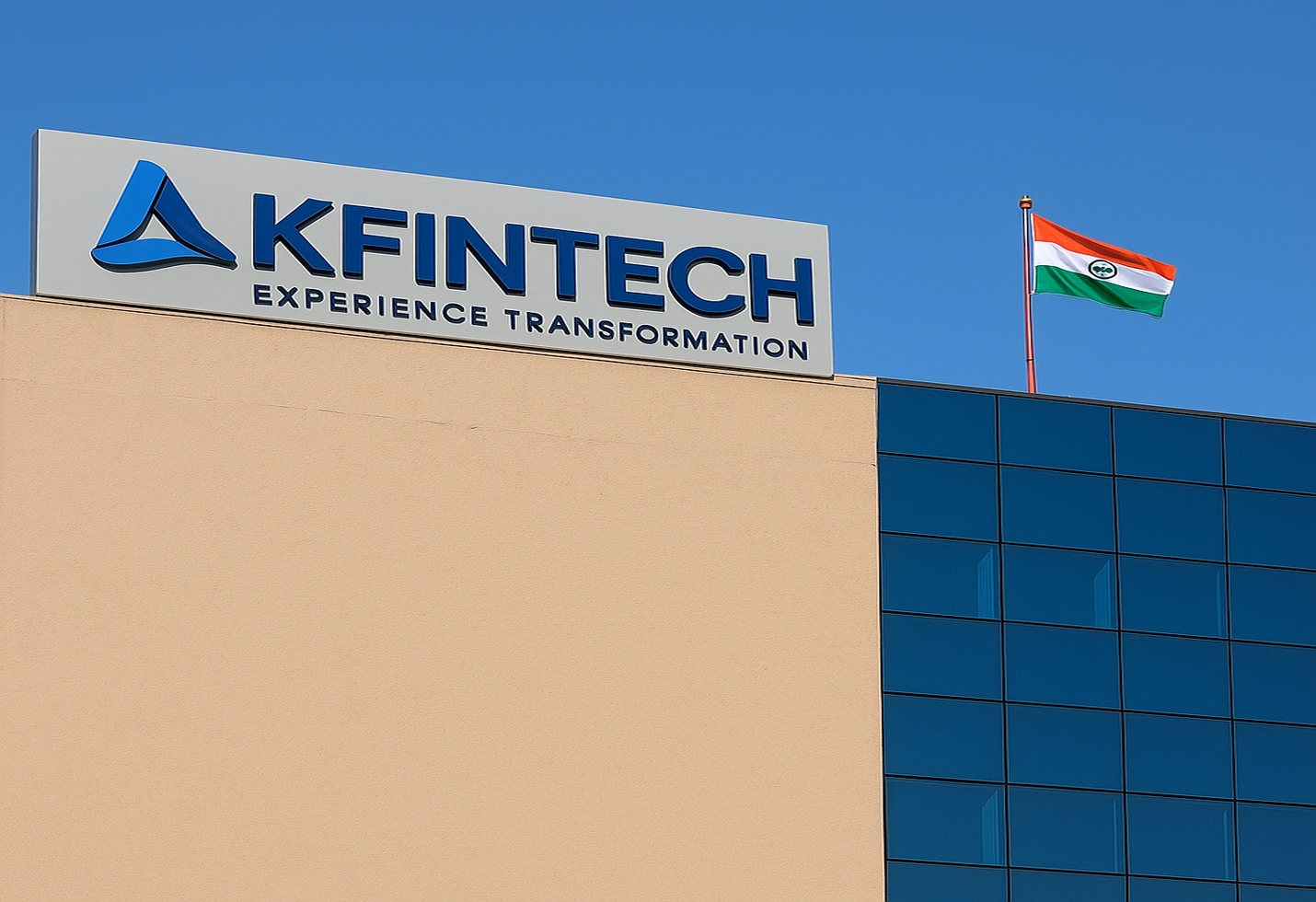Virtual Galaxy Infotech IPO Soars: Over 200x Subscribed!
Virtual Galaxy Infotech’s IPO was oversubscribed 200 times, indicating strong investor interest. Allotment results and a high grey market premium suggest potential listing gains.
Summary:
Virtual Galaxy Infotech’s IPO, valued at ₹93.29 crore, witnessed tremendous interest from investors, exceeding subscriptions 200 times across retail, high-net-worth individuals (HNI), and institutional sectors. With the allotment set to be finalized today and a grey market premium (GMP) of ₹53 indicating a substantial upside, investors are on edge. The public offering included a fresh issue of 6.57 million equity shares, with the listing scheduled for May 19. The excitement about the IPO reflects a renewed confidence in the market towards technology-driven companies fueled by optimistic feelings within the SME sector.
Virtual Galaxy Infotech IPO: A Stellar Debut in Primary Markets
Virtual Galaxy Infotech, a promising digital solutions provider, has captured investors’ imaginations with its dazzling Initial Public Offering (IPO). With a subscription rate exceeding 200 times, the IPO has set a new benchmark for enthusiasm in the small and medium enterprise (SME) IPO space in 2024–25.
The ₹93.29 crore issue drew aggressive bids from retail investors, non-institutional investors (NIIs), and qualified institutional buyers (QIBs), signaling broad-based confidence in the company’s business model, growth trajectory and sectoral relevance. With the allotment results anticipated to be completed today, the IPO has become the center of attention on Dalal Street.
Investor Demand: High Interest Across All Categories
The initial public offering (IPO) involved issuing 6.57 million new equity shares at a predetermined price to support the company’s working capital needs, expand infrastructure, and upgrade technology. The offering began on May 13 and concluded on May 15, with a remarkable turnout on the last day of bidding.
– Retail Category: Subscribed over 180 times
– NII/HNI Category: Subscriptions exceeded 250 times.
– QIB Category: Subscribed around 120 times
This overwhelming demand has surprised market experts, and Virtual Galaxy Infotech has established itself as one of the most highly sought-after IPOs in the recent SME market.
Grey Market Premium Soars: A Listing Day Pop Expected
In the unlisted market, the stock has a Grey Market Premium (GMP) of ₹53 per share, suggesting a potential upside of 70–80% on the listing price if the current trend continues until the listing day on May 19, 2025. The GMP reflects that market participants expect a robust debut driven by a company’s supply and digital growth story mismatch. A GMP at this level is commonly interpreted as a sign of market sentiment, and in this instance, the outlook is strongly positive.
Company Overview: Tech-Driven Growth in a Digitally Hungry Market
Virtual Galaxy Infotech is a technology solutions provider specializing in software development, digital transformation, IT consulting, and AI-driven enterprise services. The company has established a strong presence among MSMEs and mid-sized businesses looking to embrace digitalization.
Their range of services includes:
– Cloud-based enterprise solutions
– Custom software solutions tailored to retail, banking, financial services, and insurance (BFSI) sectors.
– ERP and CRM integration specifically for SMEs
– AI and automation-enhanced business analytics
In FY23, the company achieved impressive top-line growth of over 45% of the company’s year, benefiting from expanding margins fueled by high-value digital transformation projects and strong client retention. The robust client portfolio, a healthy order book, and aspirations to diversify into AI and machine learning-based platforms were significant factors that attracted investor interest.
Utilization of IPO Proceeds
Virtual Galaxy Infotech intends to use the funds raised from the IPO for the following purposes:
– Upgrading technology and enhancing infrastructure
– Recruiting skilled professionals to aid the company
– Establishing offshore delivery centers
– Increasing working capital
– Addressing general corporate needs
These efforts aim to enhance capacity and expedite the company’s evolution into a scalable IT solutions partner for clients worldwide.
What Makes the IPO Stand Out?
Stellar Growth Metrics: The company has demonstrated steady revenue and profit growth over the last three fiscal years.
Asset-Light Model: Focusing on services, the company sustains high margins while keeping capital expenditures low.
High Entry Barriers: Its technological expertise and long-term client relationships provide a significant competitive advantage.
Digital Tailwinds: The increasing digitization of Indian businesses benefits Virtual Galaxy Infotech.
Attractive Valuation: Even with strong demand, the IPO was priced interest from retail and high-net-worth investors.
Allotment Status and Next Steps for Investors
The allocation for the IPO is expected to be completed on May 16. Applicants can check their status via the BSE India IPO Allotment page, the registrar’s portal (e.g., Bigshare Services Pvt Ltd), or notifications from their brokers.
Successful applicants will have shares credited to their demat accounts by May 18, a day before listing, while refunds for unsuccessful applicants are also likely to be processed at that time.
The strong demand for the Virtual Galaxy Infotech IPO signifies renewed optimism in India’s tech and SME sectors, particularly among retail investors. This oversubscription indicates an increasing interest in specialized technology companies and may motivate more SMEs to raise funds through primary markets. Brand storytelling and market timing are crucial to an IPO’s success.
Conclusion: A Star is Born in the SME Galaxy
Virtual Galaxy Infotech’s 200x subscription has left investors starry-eyed and market watchers stunned. The company seems poised for sustained growth with a tech-centric business model, innovative use of IPO funds, and a strong digital services pipeline.
As Infotech counts down to the allotment and listing, all eyes are on whether the stock will match or exceed its grey market expectations. Virtual Galaxy could become a blueprint for SME tech IPOs in India going forward if it does.
The image added is for representation purposes only










